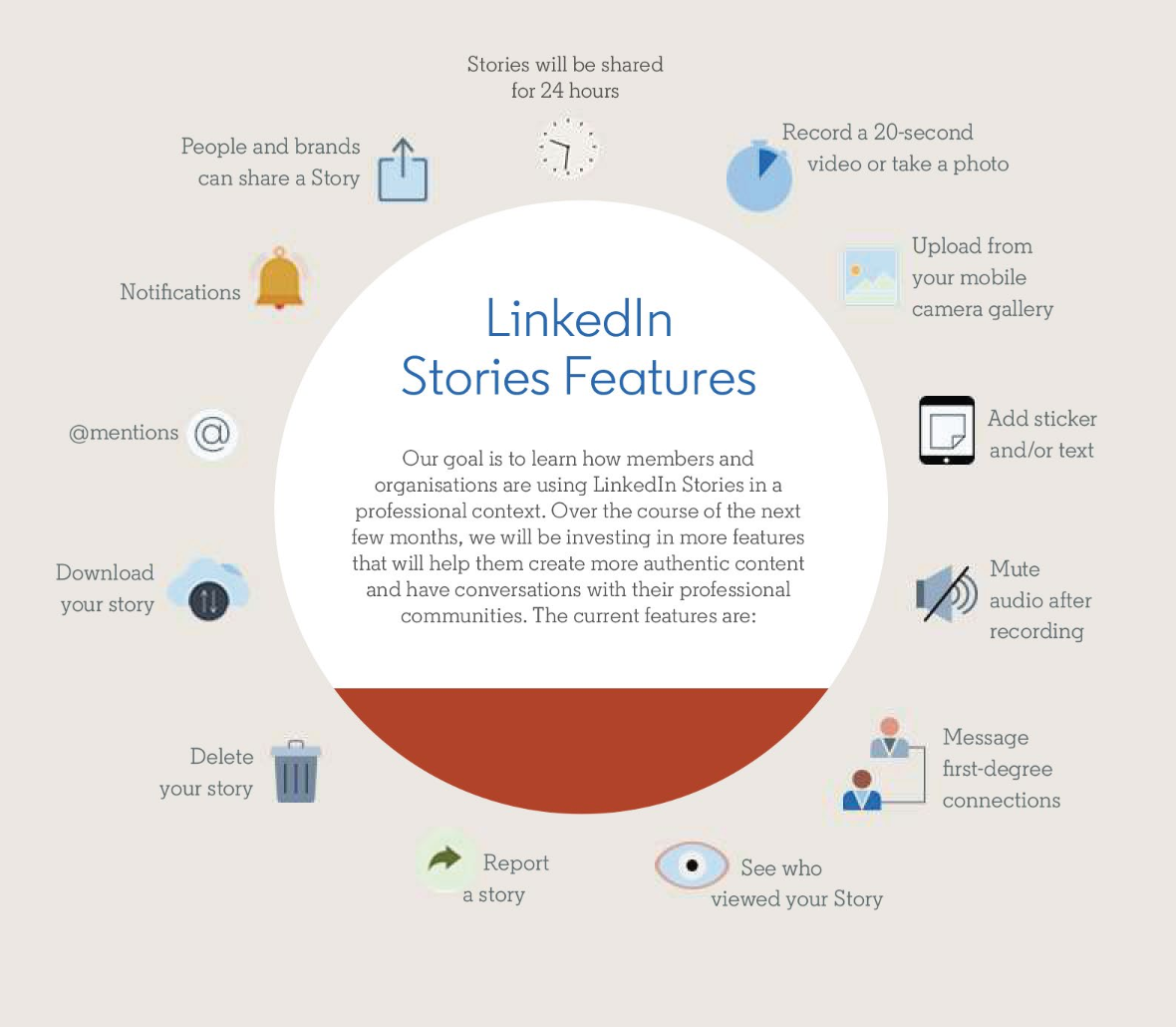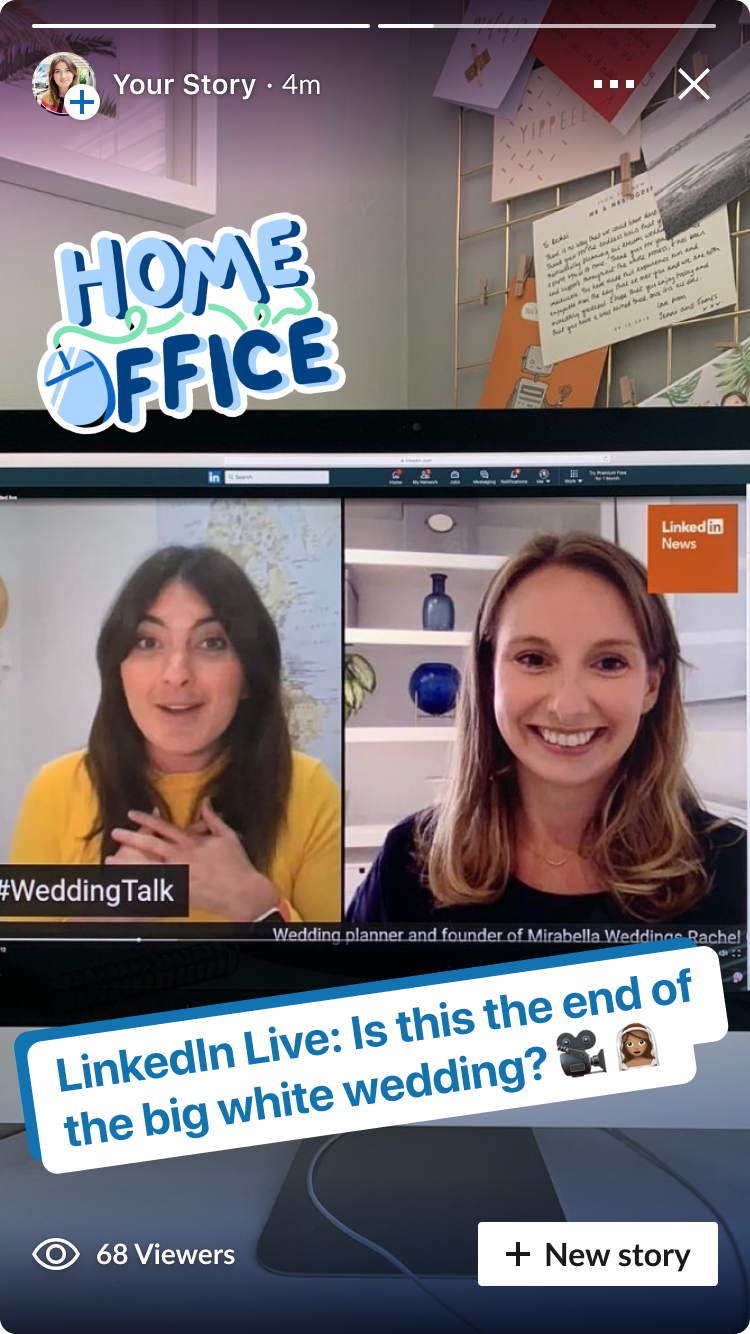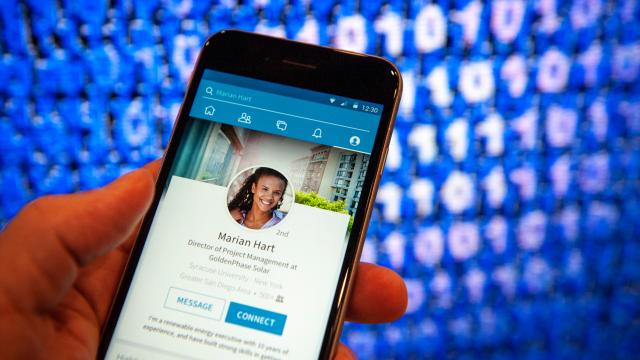LinkedIn’s just launched its ‘Stories’ feature in Australia, and while it may be a few years too late to the party since Snapchat, Instagram and Facebook have already been there, done that, we’d like our readers to avoid turning their professional profile into a personal manifesto.
In fact, given how important digital presence is when Aussies are struggling to find work and the new unemployment rate has shot up to 7.1 per cent, it’s never been a better time to go through other dos and don’ts of using LinkedIn to increase your chances of getting noticed.
How to use LinkedIn’s ‘Stories’ feature
Social networks have made etiquette rules a bit complicated so it’s sometimes difficult to assess when you’ve crossed the line. We’re going to kick off our etiquette guide with rules for LinkedIn’s latest feature since many of you curious keen beans will be using it the moment you get a chance.
However, it’s worth noting the feature isn’t yet available to all Aussies. The launch has been staggered and will be available for all in the next few weeks.
Much like Instagram stories, your content will be up for 24 hours before it disappears. You can post 20-second videos or a photo, and add stickers and text to dress up your post. However, LinkedIn suggests keeping things professional while demonstrating personality.
You can post about:
- Things you do at work such as a behind the scenes sneak peak or productivity tips
- Things you do around work that helps you achieve work-life balance. You can, for instance, talk about your morning routine.
- Things relevant to your work that are happening around you such as industry breaking news and trends


How to setup your LinkedIn profile
Before getting into anything though, make sure your LinkedIn profile is looking spick-and-span.
You might be aware of the feeling when a recruiter or HR person has viewed your profile after you’ve applied for a job but no one gets back to you. That sinking feeling is the pits and one of the reasons could be your profile isn’t selling you or your skills.
So, we asked LinkedIn for its tips on setting up a profile on its platform. Here’s what they had to say:
Always include a recent profile photo: Turns out, putting a face to your profile can get you up to 21 times more profile views and nine times more connection requests.
You need more than just a job description to make an impact: As the popular (and slightly nerve-racking) saying goes, “You never get a second chance to make a first impression”. Your headline is one of the first things readers will look at so “make it actionable”. It’s important to nail that ‘Summary’ section that introduces you in a professional capacity. You can “include your career highlights; what your aspirations as a professional are; and what your interests are in your summary”.
It might be useful to get opinions from friends and family. A question I like asking people, especially in my field is, “Would you hire me based on my profile?”. It’s a good shout to do this with your CV and cover letter. Feedback is everything.
Use the right keywords: Apparently, you have as little as five seconds to impress someone viewing your profile so do your best to be unique and use “keywords featured in desirable job descriptions”. This will ensure your profile will come up in searches and get noticed by relevant members of the LinkedIn community. For example, mobile experts could use keywords such as mobile developer, Android and iOS.
List your industry: According to LinkedIn, more than 300,000 people search by industry on the platform each week. Listing your industry makes it easier to connect to relevant jobs, events and trending articles. If you’re looking to change careers, include the industry to your profile so LinkedIn can automatically give you jobs, information and developments relevant to your field of interest.
How to use LinkedIn to search for jobs
Job search functionality
The best place to start looking for a job on LinkedIn is by using its ‘job search’ functionality. You can set it up to show you ‘jobs you may be interested in’ and ‘jobs in your network’.
You’ll even be able to see if anyone in your network works for the company where you’d like to apply. This might help you chat up relevant people for more info or even ask for a referral. You can find the ‘Ask for a referral’ button at the top of the job listing.
According the LinkedIn, “the number one way job seekers have reported first discovering a job was through someone they knew and nearly 50% of recruiters say referrals are the leading source of quality hires”.
We may secretly hate the stat but it makes sense since competition is tough and there are too many applications coming in for a single role.
Job alert notifications
If you’re after a new gig, set up job alert notifications for roles you’re interested in. Each time a new role with the title you’re after is added to the platform, LinkedIn will send you an alert so you never miss out on a potential opportunity.
Get Hired Australia
You can subscribe to the Get Hired Australia newsletter if you’re on the job hunt and want to connect with like-minded individuals.
It’ll used LinkedIn data to see who is still hiring. There will also be suggestions on potential startup ideas as well links to free LinkedIn learning courses to help you upskill.
What type of content should you be posting on LinkedIn?
The same rule to the ‘Stories’ feature applies here. Additionally, writing and publishing long form posts is a good way to gain visibility and make an impact.
Consider using hashtags to increase the reach of your post and attract people who are interested in the subject you’re talking about.
These types of posts will help you establish yourself and give you an industry expert endorsement.
When to connect and when to follow someone on LinkedIn
LinkedIn is a great networking platform but it takes time to build a strong professional network.
You should start by adding both past and current colleagues, people you went to university with, or those with interests similar to yours.
Keep in mind that quality connections are more important than the number of connections you have. Focus on like-minded people and those who can provide you with new opportunities in your field.
Instead of connecting with everyone, you can choose to follow someone instead. This will allow you to see the person’s posts and articles on your homepage but they won’t be able to see yours.
Make sure you never cross any boundaries when you do connect with someone. Keep your messages professional and don’t spam.
There are no shortcuts to building a strong digital presence so be prepared to put in the time and effort to get noticed.
How often do you use LinkedIn to search for jobs or post content? Are there any other platforms you use to boost your professional presence online? We’d love to hear from you in the comments.

Leave a Reply
You must be logged in to post a comment.